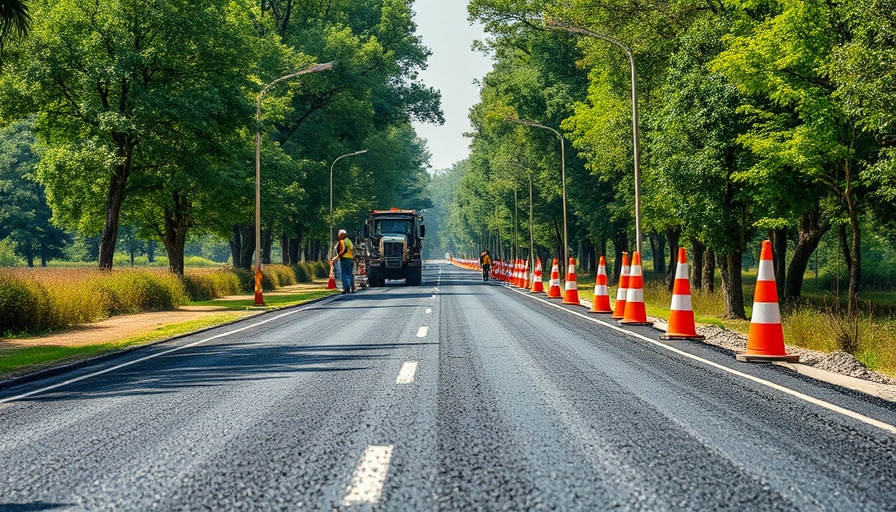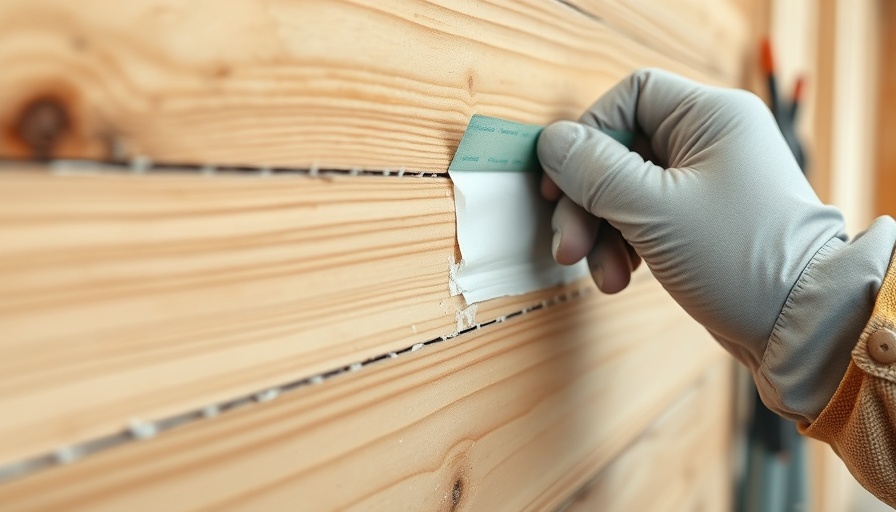
Revolutionizing Road Surfacing with Crumbed Rubber Asphalt
Boral has taken a significant step towards sustainability and innovation in road construction with its recent launch of a crumbed rubber asphalt bitumen surfacing using material derived from heavy-duty Off the Road (OTR) tyres. This Australian-first initiative seeks to enhance the longevity and performance of road surfaces while addressing environmental concerns associated with traditional asphalt materials.
Why OTR Tyres?
OTR tyres are specifically designed to withstand the rigorous demands of heavy machinery across various industries including construction, mining, and agriculture. These tyres are not only massive but also possess unique characteristics that make them ideal for improving asphalt mix. By incorporating crumbed OTR tyres into their asphalt, Boral innovatively recycles a waste material while enhancing the product's performance, ultimately leading to a more sustainable construction industry.
Key Benefits of Boral’s New Crumbed Rubber Asphalt
This groundbreaking product boasts several advantages over conventional asphalt mixes. The high-binder crumb rubber asphalt is reported to double the lifespan of pavements compared to traditional treatments. One of the most notable benefits is its resistance to cracking, which significantly reduces the need for ongoing maintenance such as patching and sealing. Richard Pearson, Executive General Manager of Asphalt at Boral, highlights the value of this innovation: “Our successful engagement with Sunshine Coast Council and Tyre Stewardship Australia led to increased circularity in our processes, making a positive impact on the environment.”
Demonstration Projects and Real-World Impact
Boral recently executed a road demonstration using the new crumbed rubber asphalt across three locations: Railway Parade in Glass House Mountains, Spalls Road in Diddillibah, and Perlan Street in Nambour. A total of 7,000 square meters of local roads were paved utilizing 10,000 kilograms of OTR-derived crumbed rubber sourced from Boral’s West Burleigh Quarry. Approximately 400 kilograms were recovered from each tyre, illustrating Boral's commitment to maximizing resource use and minimizing waste.
Enhancing the Construction Industry’s Sustainability Efforts
This initiative is timely as the construction industry increasingly shifts towards more sustainable practices due to regulatory pressures and public demand for greener solutions. The crumbed rubber asphalt blend not only brings logistical advantages but also reduces carbon emissions and reliance on virgin materials, addressing much-needed changes in the industry.
Looking Ahead: Future Innovations in Road Technology
The successful implementation of this innovative asphalt mix paves the way for future research and development in using recycled materials across various construction applications. Spurred by the results from these pilot programs, Boral may expand the use of OTR-derived materials into other construction products, further developing the circular economy principle within the sector.
Critical Perspectives and Counterarguments
While many laud Boral's efforts in sustainability, some critics argue that reliance on recycled materials could impact asphalt quality and performance in the long term. Continuous monitoring and testing are essential to ensure that the intended benefits are realized and maintained without compromising safety and durability in roadway performance.
Community Benefits and Engagement
The introduction of Boral's crumbed rubber asphalt not only serves the environmental agenda but also resonates with local communities that benefit from well-maintained roads with lower maintenance costs. Moreover, reduced disruption from constant road repairs is significant for local residents and businesses alike.
In conclusion, Boral's innovative attempt at integrating OTR tyre materials into asphalt presents an exciting blend of technology and sustainability. As other industries look for examples of environmental responsibility, Boral stands at the forefront, setting a benchmark on how to approach waste reduction and sustainable practices in construction. Such advancements highlight the potential for a greener, more efficient future in road construction.
 Add Row
Add Row  Add
Add 






Write A Comment